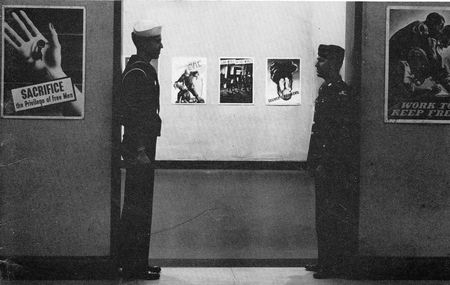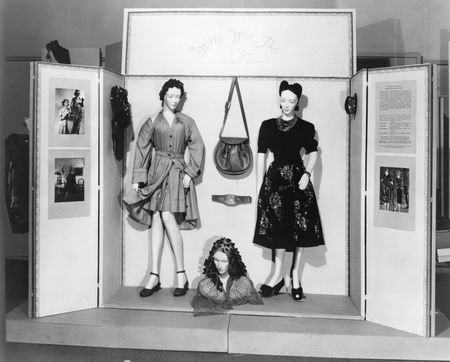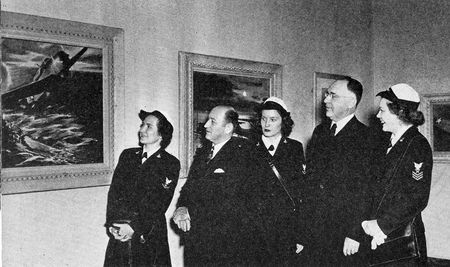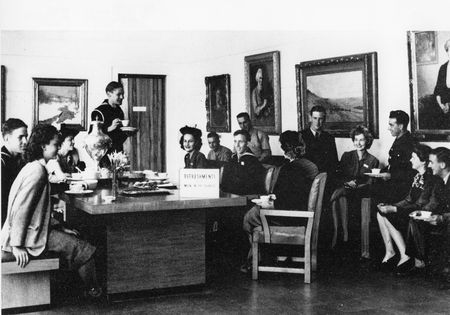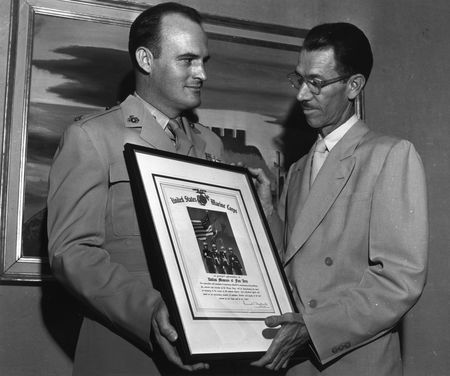Among the treasures in the DMA Archives are four letters exchanged in the summer of 1941 between artist Yasuo Kuniyoshi and the Director of the Dallas Museum of Fine Arts, Richard Foster Howard. For more than 40 years, these letters were the only works by Kuniyoshi housed in the DMA. Since 1988, Museum visitors have become acquainted with him through Bather with Cigarette. This star of the American art collection is currently on view in My|gration in the Center for Creative Connections.

Displayed alongside works by artists and designers including Hans Hoffman, Peter Muller-Munk, and An-My Lê, Kuniyoshi’s painting represents one of the 14 immigration stories shared in the exhibition’s “Arrivals” section. The 1941 correspondence between the 51-year-old artist and the DMFA director sheds light on the challenges and discrimination Kuniyoshi experienced in the US.
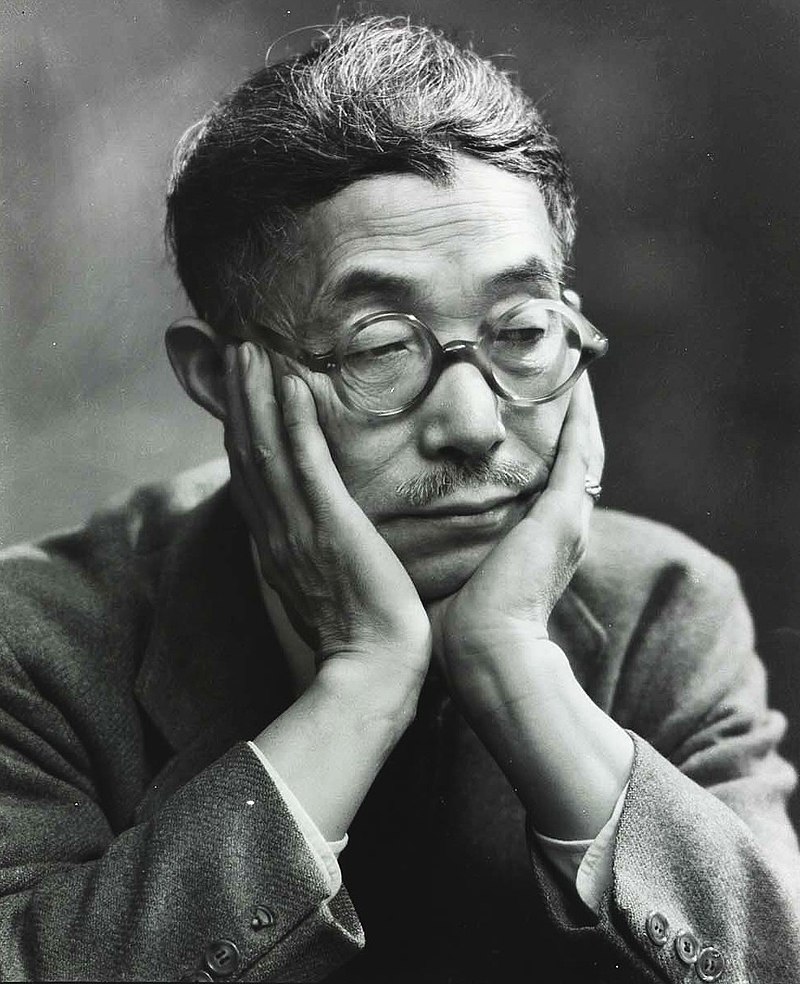
Kuniyoshi arrived alone in Spokane, Washington, as a teenager in 1906. Although he initially planned to stay only a few years, by 1910 his artistic talents had led him to New York City. There he enrolled in a series of schools and entered the circle of leading figures in American art.
Bather with Cigarette was completed in 1924—the same year Congress effectively banned immigration from Asian countries. Kuniyoshi had already witnessed the government’s discriminatory policies. His marriage to fellow artist Katherine Schmidt in 1919 caused her to lose her citizenship. In 1922 the Supreme Court ruled that Japanese people were not the same as “free white persons” and thus did not have the same rights to naturalization.
Fast forward to the summer of 1941. Headlines about naval attacks and international conflict fueled racism and xenophobia in the US. Kuniyoshi, like many American artists, wanted to travel the country in search of new inspiration. Unlike most of his peers, he could not embark on a trip without being hyper-aware that his appearance and national origins could be perceived as threatening. To mitigate the risk of police detention, he asked regional arts leaders to provide letters verifying his profession. The DMA Archives holds Kuniyoshi’s initial request to Howard (May 22, 1941), the director’s two-part response (here and here, May 26, 1941), and the artist’s thank you (mailed mid-journey from Colorado Springs, July 9, 1941).

Click HERE to expand.
In December 1941, Imperial Japan attacked Pearl Harbor and the US declared war. Kuniyoshi was not among the 120,000 people of Japanese heritage who were forcibly moved to internment camps in early 1942. He was, however, declared an “enemy alien.” Federal authorities impounded his bank account and confiscated his binoculars and camera as potential spy equipment. Despite this maltreatment, he spent the war years working for the federal government as a graphic artist and radio broadcaster (valued for his fluency in Japanese). Following WWII, Kuniyoshi became the first living artist to be honored with a retrospective at the Whitney Museum of American Art in 1948. Although he had identified as an American and lived in the US for over 40 years, immigration laws prevented him from becoming an American citizen before his death in 1953.
Emily Schiller is the Head of Interpretation at the DMA.
